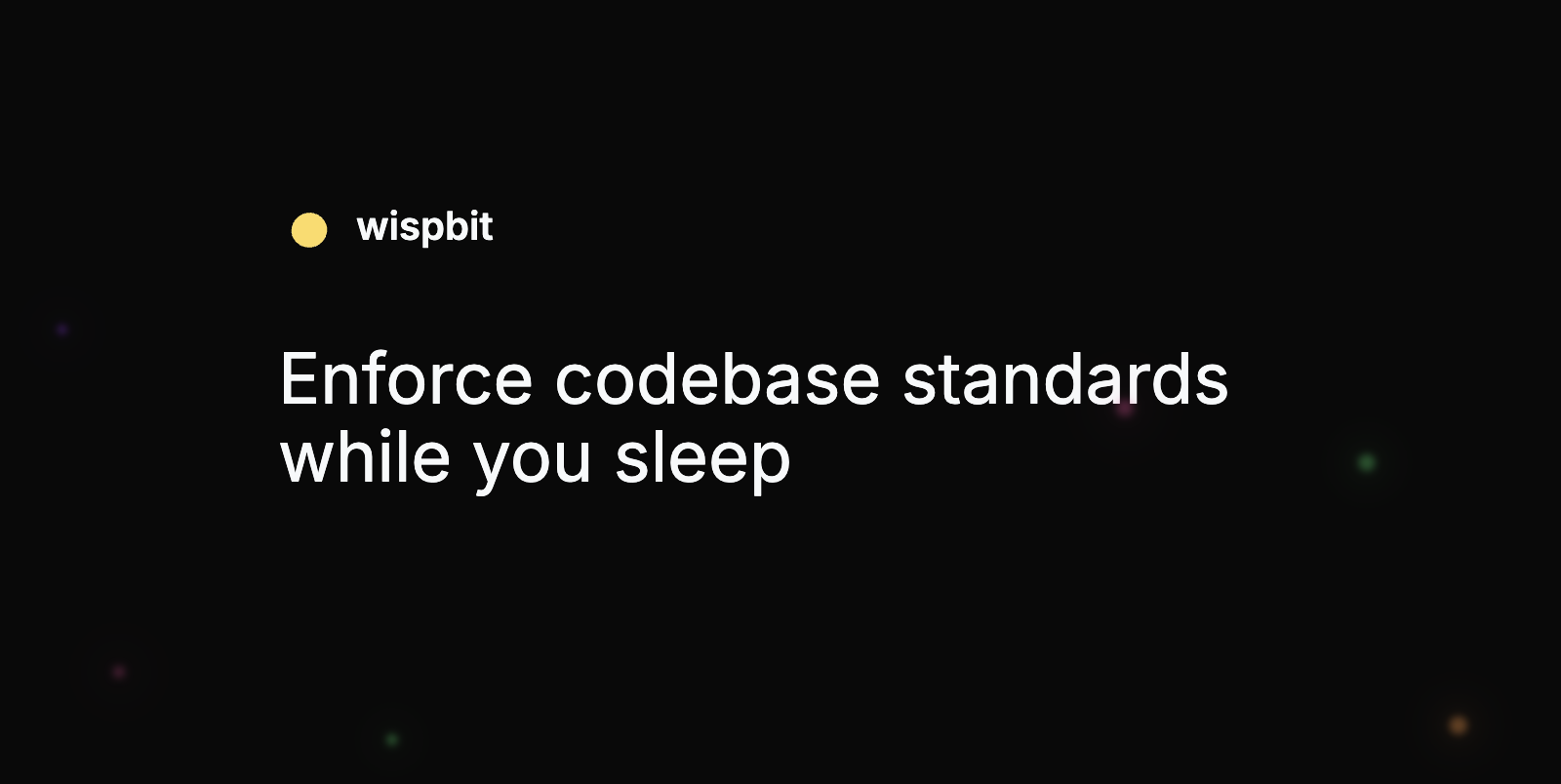DevOps Articles
Curated articles, resources, tips and trends from the DevOps World.
A Practical Guide to Kubernetes Stateful Backup and Recovery
Summary: This is a summary of an article originally published by The New Stack. Read the full original article here →
Kubernetes has transformed the way applications are deployed and managed, but with that transformation comes the challenge of data management, especially for stateful applications. A practical guide to backing up and recovering stateful applications in Kubernetes emphasizes the importance of understanding StatefulSets and Persistent Volume Claims (PVCs). These components ensure that your application maintains its state across pod restarts and rescheduling, making them essential in the recovery process.
To effectively back up and restore stateful applications, organizations can utilize various tools and strategies, such as Velero and Stash. Velero provides backup and restore capabilities for Kubernetes resources, while Stash focuses on automatic backups of data in stateful applications. Proper configuration and scheduling of these tools can significantly reduce downtime and data loss, ensuring business continuity in the event of failures.
However, backing up data is only part of the solution. Testing the recovery process is equally vital. This means regularly performing disaster recovery drills to uncover any flaws in the backup strategy and to ensure that users can restore their applications quickly and efficiently. Whether using native Kubernetes features or third-party tools, testing and iterating backup solutions is crucial for maintaining a resilient Kubernetes environment.
Product
Useful Links
Made with pure grit © 2025 Jetpack Labs Inc. All rights reserved. www.jetpacklabs.com





